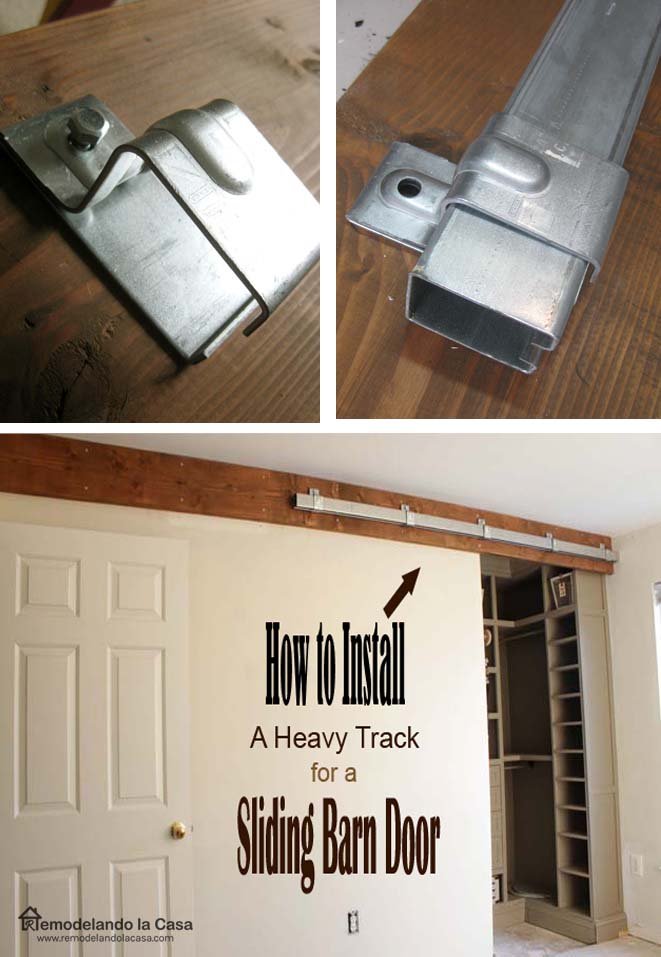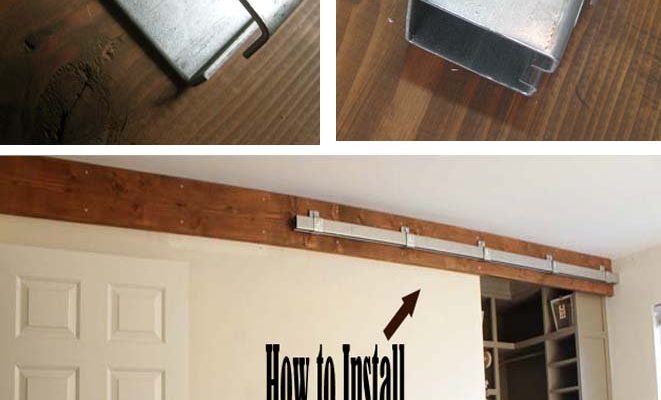
So, how do you tackle this issue? Well, it might sound intimidating, but repairing a bowed sliding barn door track is simpler than it seems. You wouldn’t need a PhD in engineering, just a little patience and a few tools. In this guide, I’ll walk you through the steps to get your barn door back on track—literally!
Understanding the Anatomy of a Barn Door Track
Before we dive into repairs, let’s break down what we’re dealing with here. A sliding barn door track is typically made up of several key components. There’s the track itself, which is mounted horizontally on the wall, the rollers attached to the door, and the stoppers that keep the door from sliding off the track.
When the track bows, it can cause the rollers to misalign, leading to a frustrating experience every time you open or close your door. Usually, a bowed track is a result of materials warping due to changes in humidity or temperature. You might be wondering if it’s a common issue—absolutely! Many homeowners face this problem, especially in climates with extreme weather changes.
Understanding this basic anatomy will help you better grasp how to resolve the issue. Now, let’s get into the specifics of inspecting and repairing your barn door track.
Identifying the Problem: Signs of a Bowed Track
It’s essential to know what signs to look for when you suspect your barn door track is bowed. Here are some common indications:
- Sticking or Stuttering: If your door feels like it’s catching or struggling to slide smoothly, that’s a red flag.
- Visible Bending: Sometimes, the track might have visible curves or bends. Stand back and take a good look.
- Noise: No one wants a creaky door! If you hear grinding or squeaking sounds when moving the door, something’s likely off.
Let’s be honest, nobody enjoys dealing with these issues. If you notice any of these signs, it’s time to take action. The sooner you address a bowed track, the less likely you’ll have to replace your entire door system down the line.
Gathering the Right Tools for the Job
Before you start, make sure you have the right tools on hand. Here’s a quick list:
- Screwdriver: A set of screwdrivers will be handy for loosening and tightening screws.
- Level: To check if your track is straight.
- Wrenches: For any hardware adjustments.
- Measuring Tape: Useful for ensuring everything is aligned properly.
- Replacement Hardware: Sometimes, your track might need new parts if it’s beyond simple repair.
It might feel like you’re gathering items for a treasure hunt, but having these tools ready will save you time and frustration. Think of it like preparing for a road trip—you want everything set before you hit the road.
Step-by-Step Guide to Repairing the Bowed Track
Now that you have your tools, let’s get down to the nitty-gritty of repairing your bowed track. Here’s a step-by-step process:
1. Remove the Door
First, carefully remove the barn door from the track. Depending on your specific setup, you may need to lift it straight up or unscrew it from the mount. Make sure you have a friend to help, as barn doors can be heavy!
2. Inspect the Track
Once the door is out of the way, take a close look at the track. Use a level to check for any dips or bows. If it’s uneven, you might need to loosen the mounting hardware and adjust it.
3. Straighten the Track
For minor bows, you might be able to gently bend it back into shape. If it’s significantly bowed, you may need to replace that section of the track. Remember, it’s better to be safe than sorry!
4. Test Alignment
After straightening or replacing the track, it’s crucial to test its alignment. Use your level again to ensure everything is straight before reattaching the door.
Reinstalling the Door and Making Adjustments
Once you’re confident that the track is straight and flush, it’s time to reinstall the door. This part can be tricky, so take your time. Here’s how to do it:
- Position the Door: Line the rollers back onto the track. You might need to tilt the door at an angle to get it on smoothly.
- Tighten Hardware: Once it’s on the track, ensure everything is tightened properly. You don’t want this issue to pop up again!
- Test It Out: Slide the door back and forth to check for smooth operation. If it feels good, you’ve done it!
It’s like putting the final pieces of a puzzle together—everything should fit just right.
Preventing Future Issues with Your Barn Door Track
Once you’ve repaired your bowed track, you might wonder how to prevent it from happening again. Here are a few tips:
- Regular Checks: Take a few moments every few months to inspect the track and rollers. Early detection can save a lot of hassle!
- Humidity Control: If your space has fluctuating humidity levels, consider using a dehumidifier to help stabilize conditions.
- Proper Installation: If you’re installing a new track, make sure to follow the manufacturer’s instructions closely. The right installation can go a long way.
Think of your barn door like a good friend; a little care and attention can keep it looking and functioning great for years!
Once you’ve repaired the bowed track, take a moment to appreciate the smooth glide of your barn door. It’s amazing how something as simple as a straight track can make such a difference in your home. If you run into issues again, don’t fret—just revisit these steps, and you’ll be back on track in no time.
With just a bit of effort and the right approach, you can fix that bowed track and let your door slide like it’s meant to. Happy sliding!
